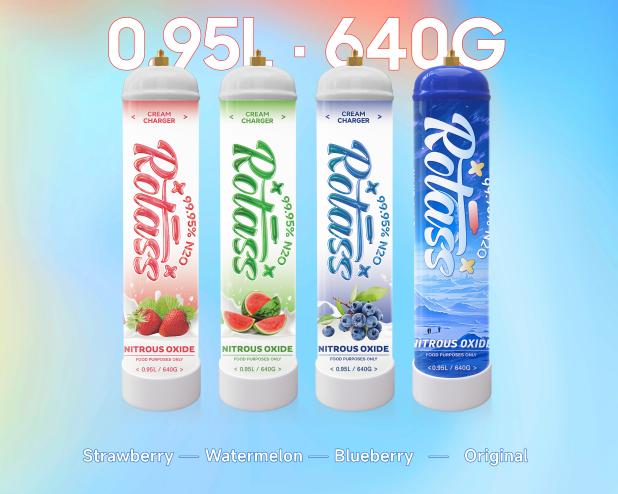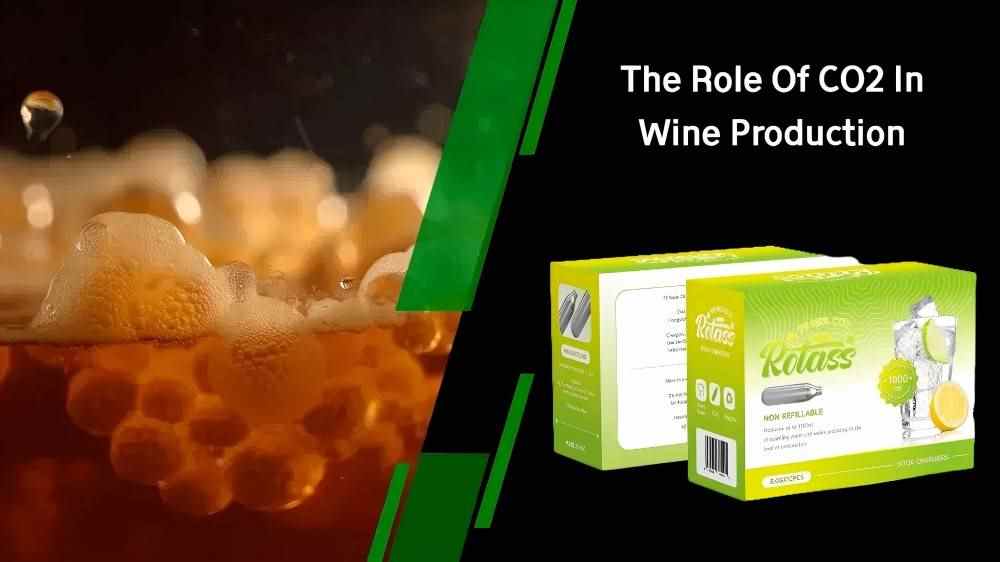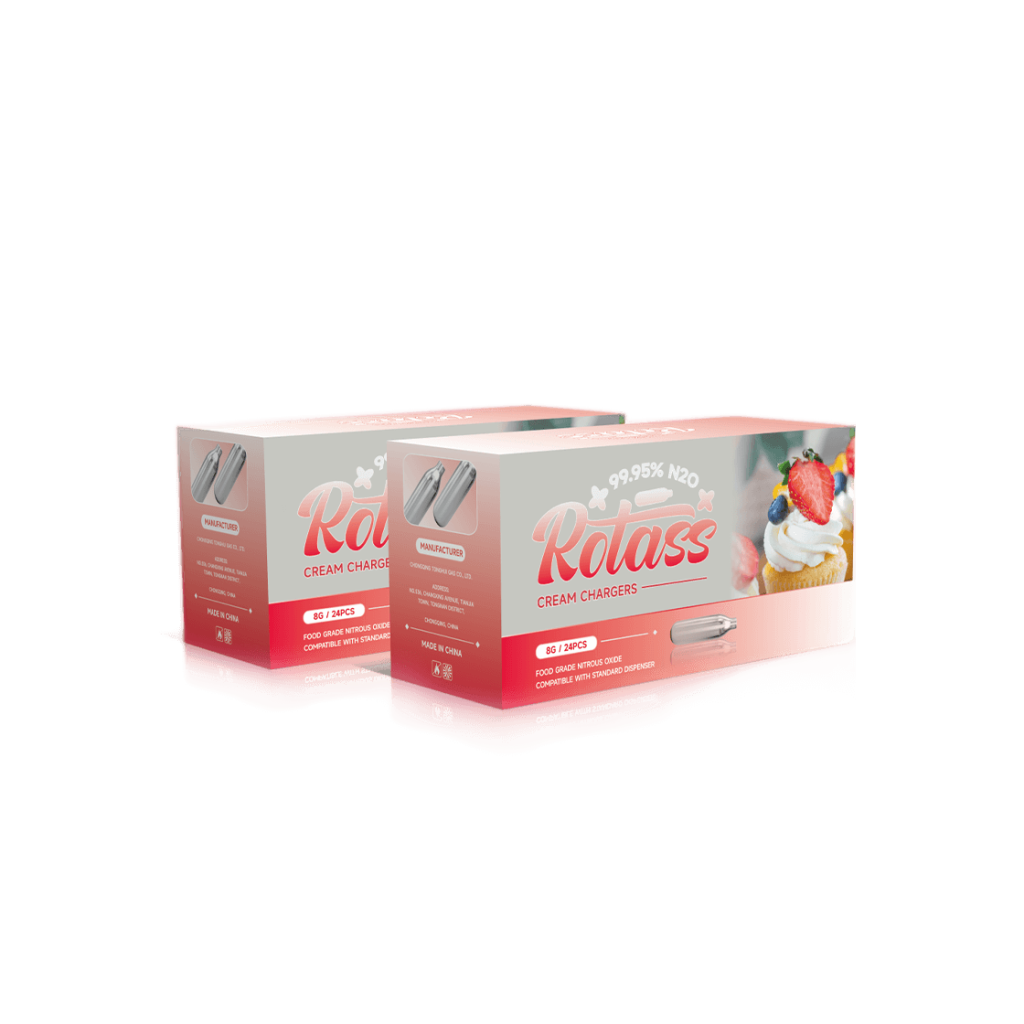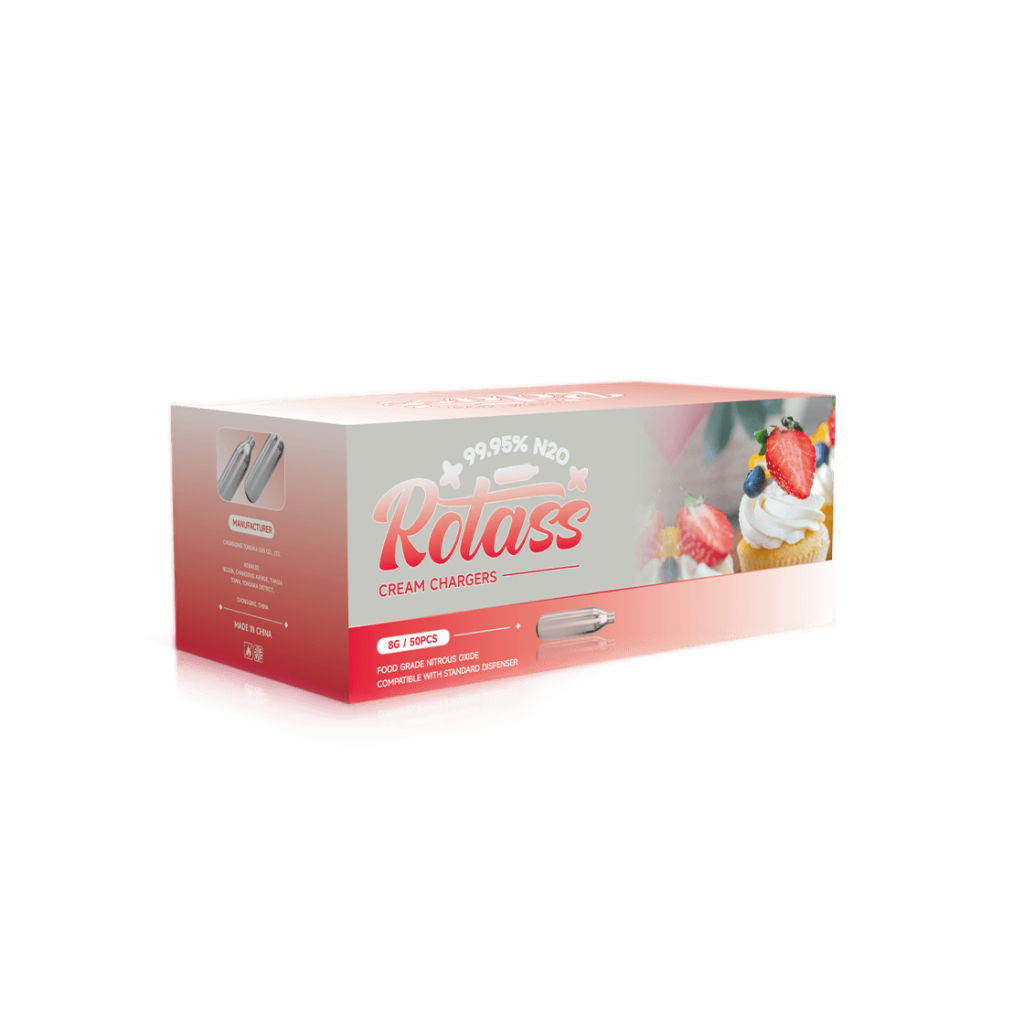2024 / 04 / 22
Cream whippers & Cream Chargers – 6 Tips for Making Cream Topping
The cream topping is “responsible for the appearance” of the tea shop. Nowadays, you must usually use a cream whipper and cream chargers to make the cream topping. But in the case of whipping cream, there are still many key points that stores have not paid attention to, but affect the production effect. This article will introduce whipping cream skills. There are 5 tips for you to make the cream topping with cream whippers and cream chargers.

1. How to manage the food safety of spray cream and whipped cream in cream whippers?
Before the use of cream:
Both the spray cream and the whipped cream used in the cream whipper need to be refrigerated for at least 30 minutes. In addition, be careful not to get too close to the edge of the refrigerator, to avoid the temperature being too low and making the cream agglomerate and affecting the effect of the cream topping.
After opening the cream from the spray cream or cream whippers:
Spray cream can be used within the shelf life and refrigerated storage until used up. However, try to avoid placing it for too long and affecting the use effect. The cream in cream whippers is recommended to be refrigerated and used within 24 hours.
After using cream from the spray cream and cream whippers:
To spray cream, the nozzle needs to be cleaned to avoid the residual deterioration of dairy products at the nozzle.
Cream whippers need to be disassembled, and the tank body, spray head, etc. need to be completely cleaned. Especially, you should pay attention to the residue of dairy products at the joint of cream whippers. Hot water is recommended as it can better melt the dairy residue.
2. How much whipped cream should be put in the cream whipper, what is the proper ratio?
To achieve a better whipping effect of the whipped cream in cream whippers, maximize the use efficiency and save raw materials, it is usually recommended to add 350-400ml whipped cream and 25-35g sugar to a 500ml cream whipper.
3. How many times should cream whippers be shaken for the best effect?
Using a cream whipper, the strength and frequency of shaking after injecting the cream will also affect the whipping effect. Generally speaking, the fewer shakes, the more delicate the whipped cream. The more shakes, the higher the whipped cream.

However, there are different brands of whipped cream and the effect that the store wants to achieve is different so cream whippers can be shaken 10 to 60 times. An experienced operator will also suggest: Shaking until you can’t hear the liquid.
However, in the store production link, it is recommended that the brand calculate the number of cream whippers shakes to be shaken according to the selected whipped cream product and the desired effect, and provide unified training to the store to ensure stable and standard production.
4. Which nozzles of cream whippers to choose?
According to the needs of the shape, the cream whipper decoration heads are various and can be flexibly replaced.

But usually, there are two main choices of flower heads in tea shops: star-shaped and tulip flower heads. Will they affect the production performance? For example, use the star and tulip flower heads to make 3 and a half circles and 45g of cream respectively. You can do a cold and hot drink test. You will find that the difference is not obvious in the speed of whipping cream, the collapse speed after whipping, and the state of cream forming.
5. How does the state stipulate that nitrous oxide is used to whip cream in stores?
The cream whipper uses nitrous oxide cream chargers to pressurize the cream to create a puffing effect.
But nitrous oxide is commonly known as “laughing gas” because inhalation can make people feel euphoric. The use of “laughing gas” in stores has caused a bad social controversy. When used, the brand always has a grudge.
In the “National Food Safety Standard for the Use of Food Additives” (GB 2760-2014), nitrous oxide is classified into the list of processing aids that require specified functions and scope of use, and specific instructions for use are given. In other words, nitrous oxide is legally compliant as a food additive in beverage stores.










